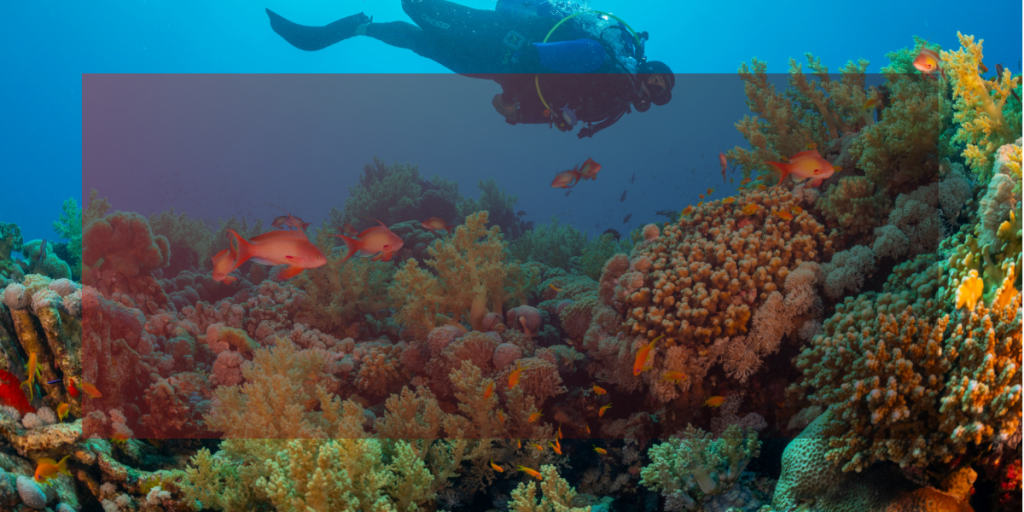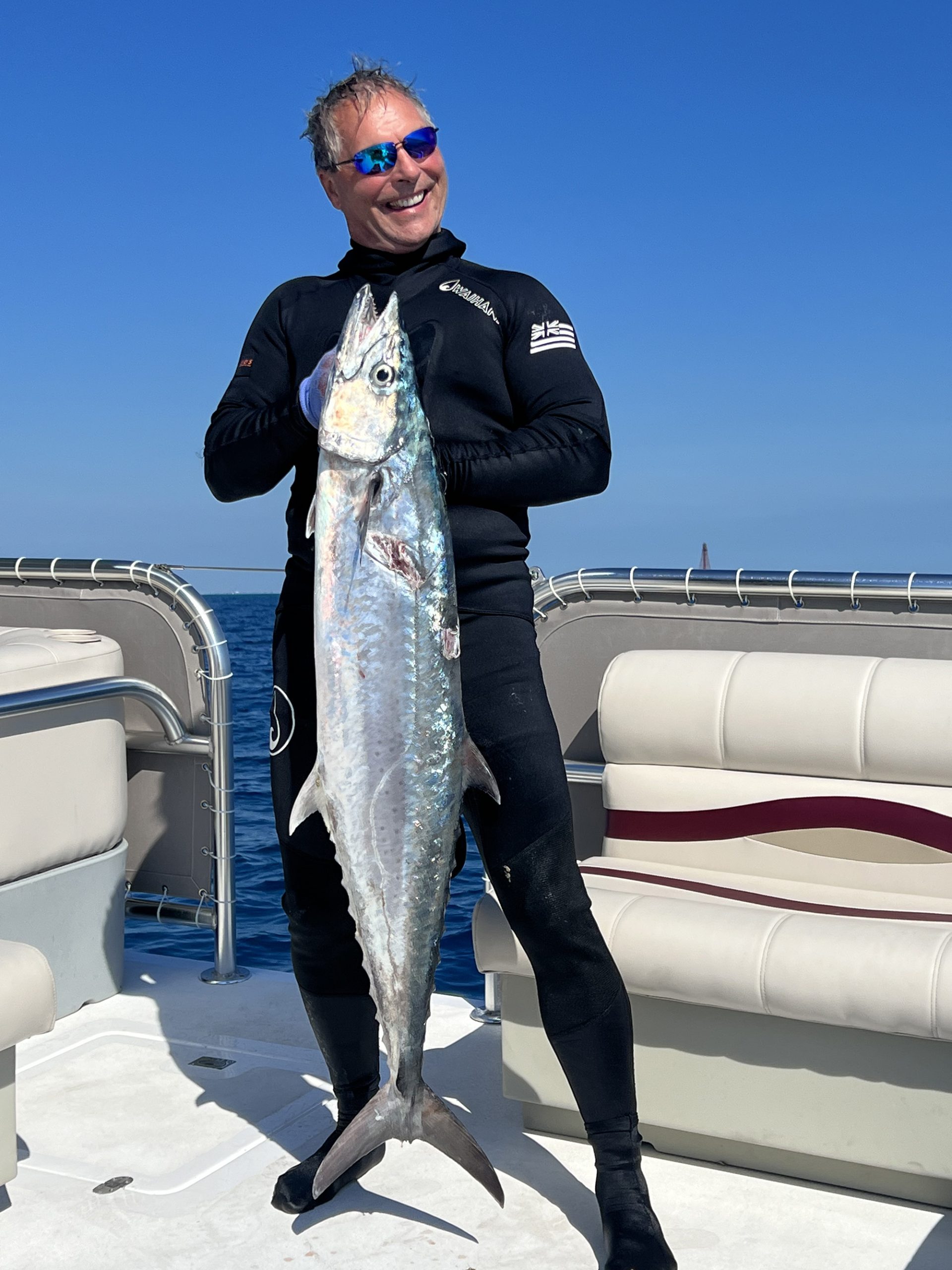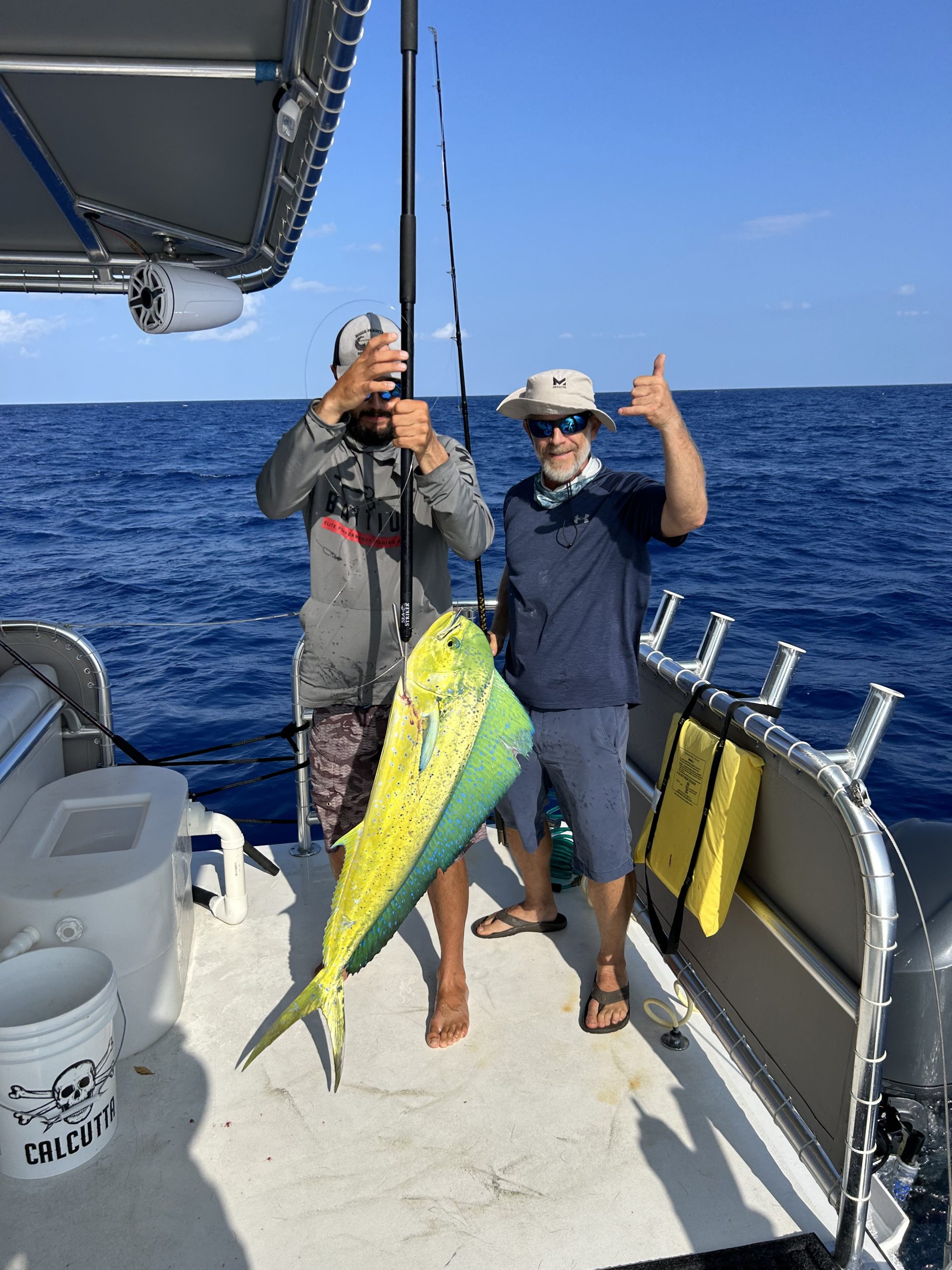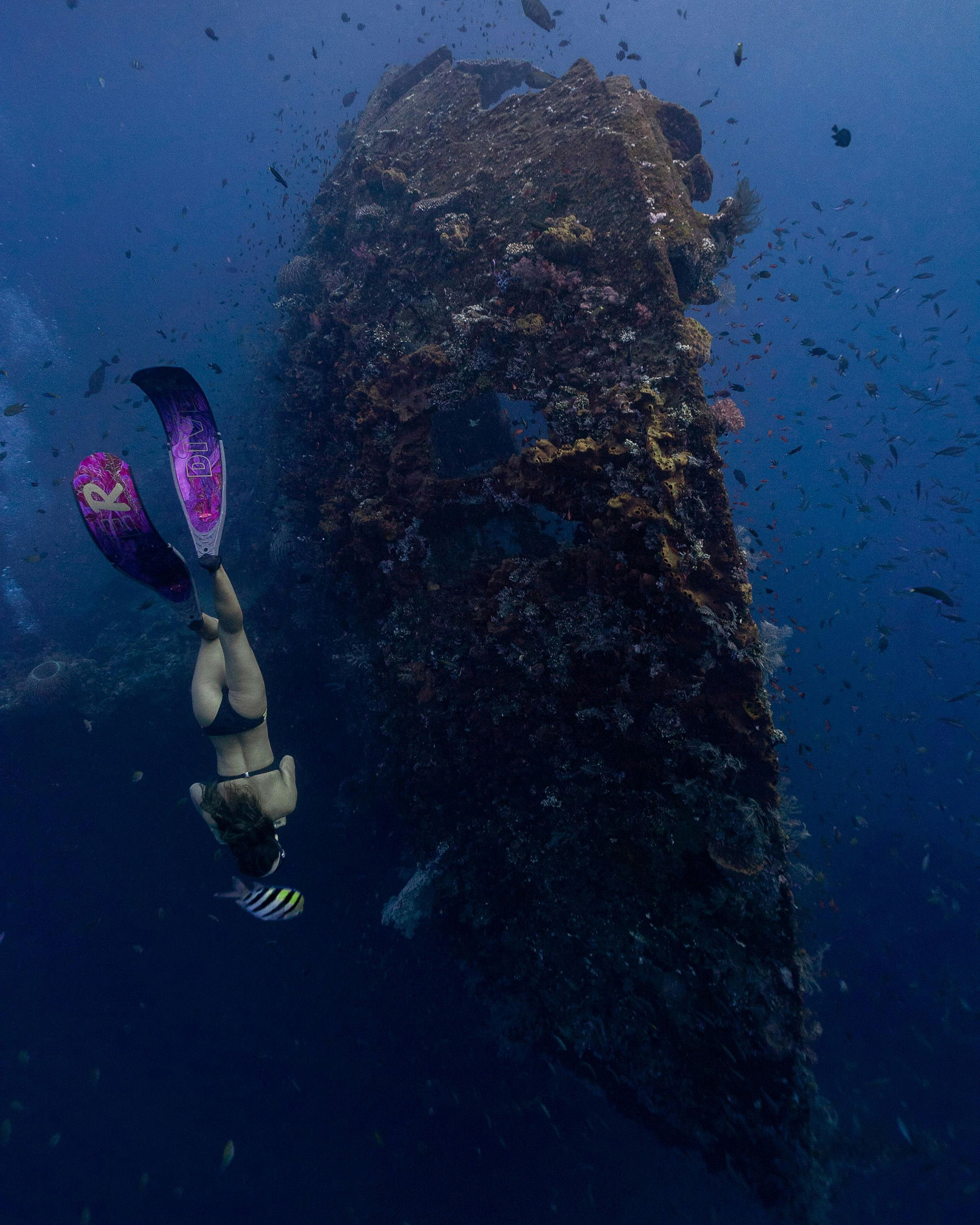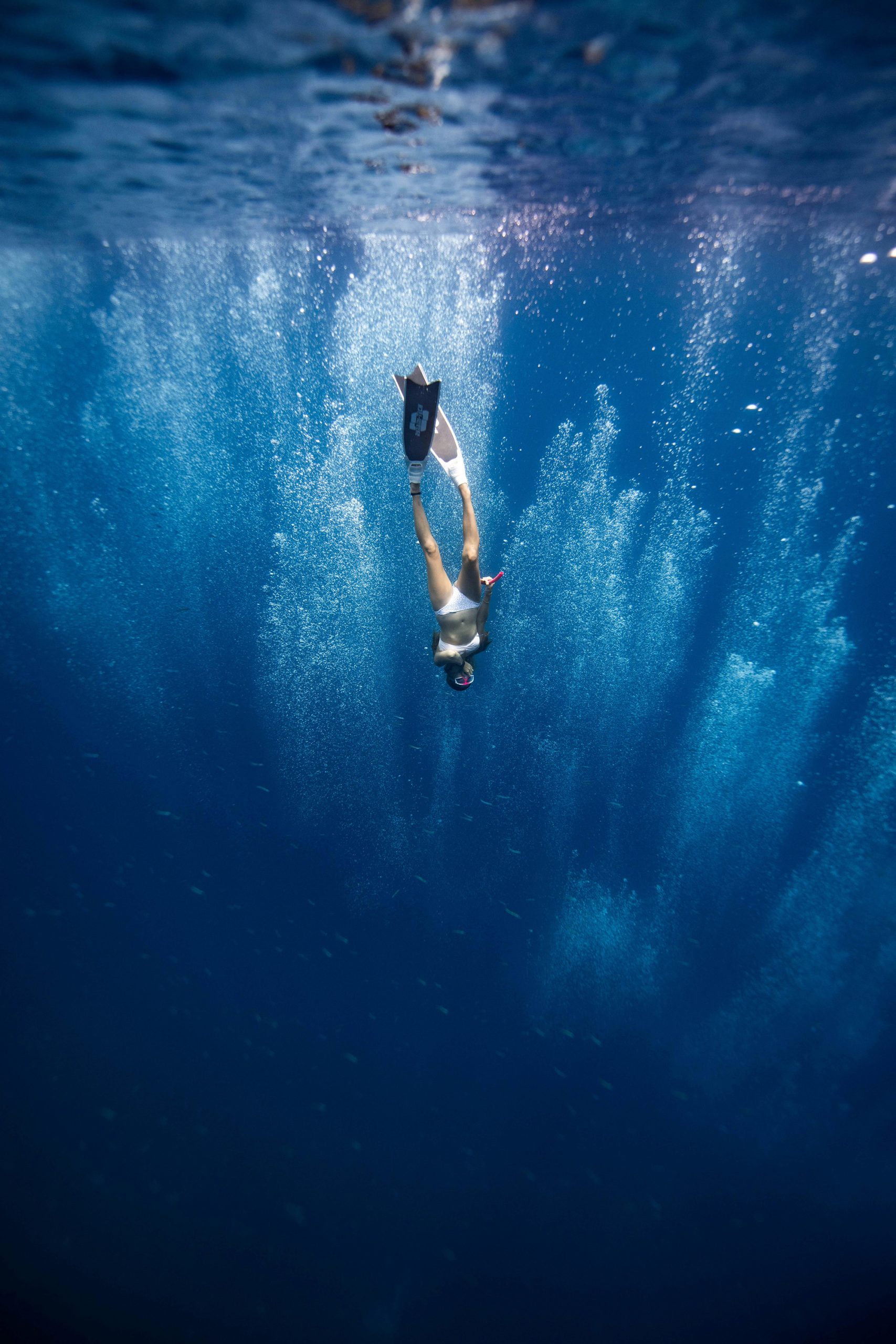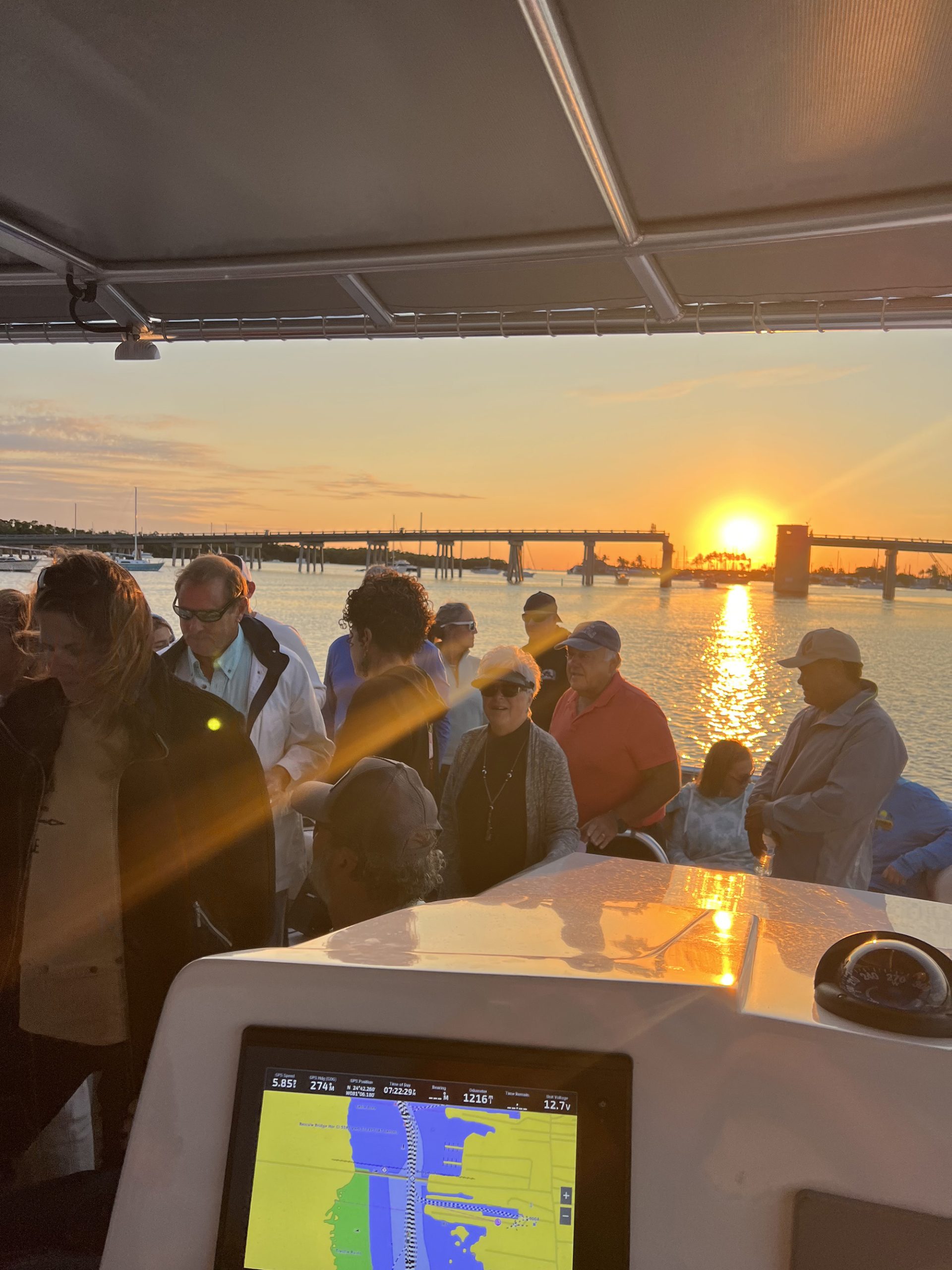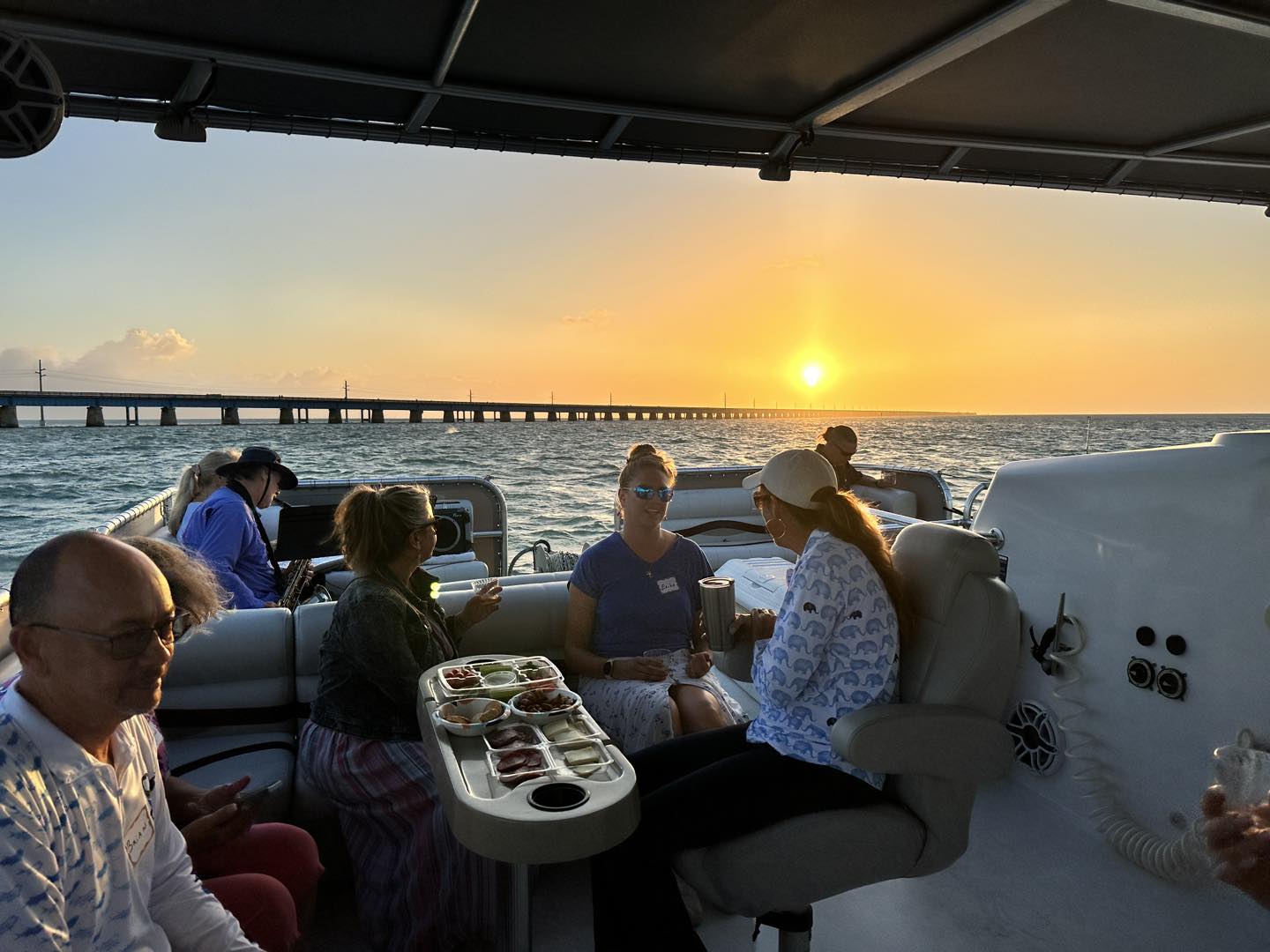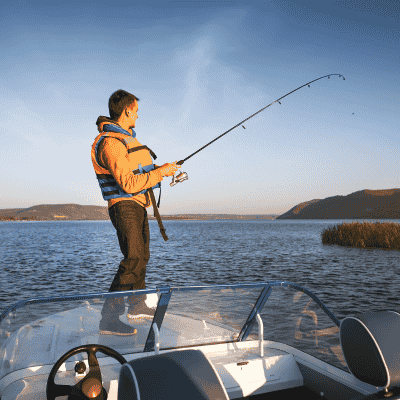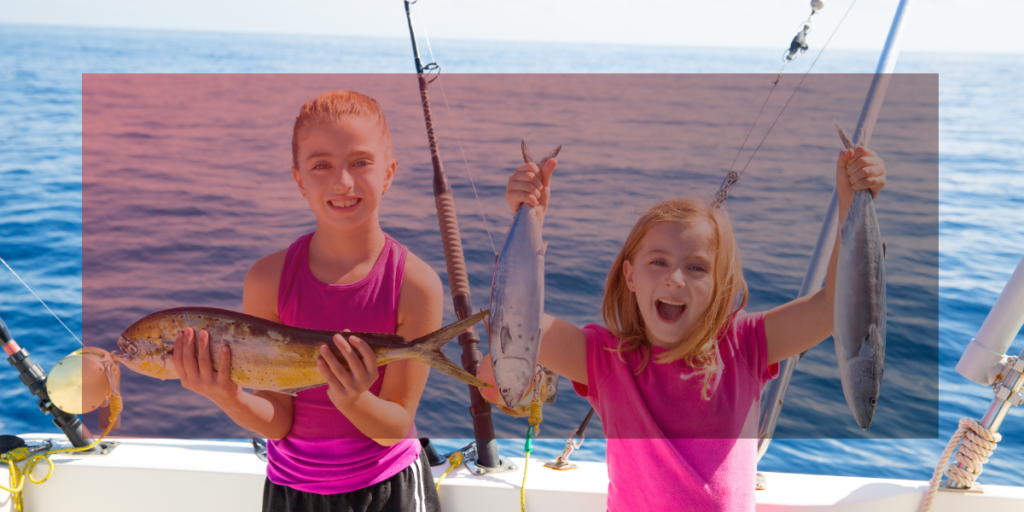Nearshore Fishing- The Perfect Blend of Adventure and Convenience
Nearshore fishing takes you just a few miles off the coast — beyond shallow inshore waters but not as far as offshore trips. Here, you’ll target larger game fish like snapper, grouper, amberjack, and kingfish around reefs, wrecks, and channels near Marathon, FL. It’s the perfect choice for families, beginners, couples, and adventure seekers who want bigger catches without long offshore rides. Moreover, the calmer waters ensure a smooth, enjoyable experience for everyone on board.
Ideal for families, beginner anglers, couples, and adventure seekers, these trips deliver bigger catches, calmer waters, and unforgettable memories. In other words, nearshore fishing offers both excitement and comfort in one experience.
Why Choose Nearshore Fishing?
Nearshore fishing strikes the perfect balance between comfort and adventure. These trips take you farther out than inshore waters, targeting larger species without the time or distance commitment of deep-sea offshore fishing. As a result, guests can enjoy more fishing and less travel time.
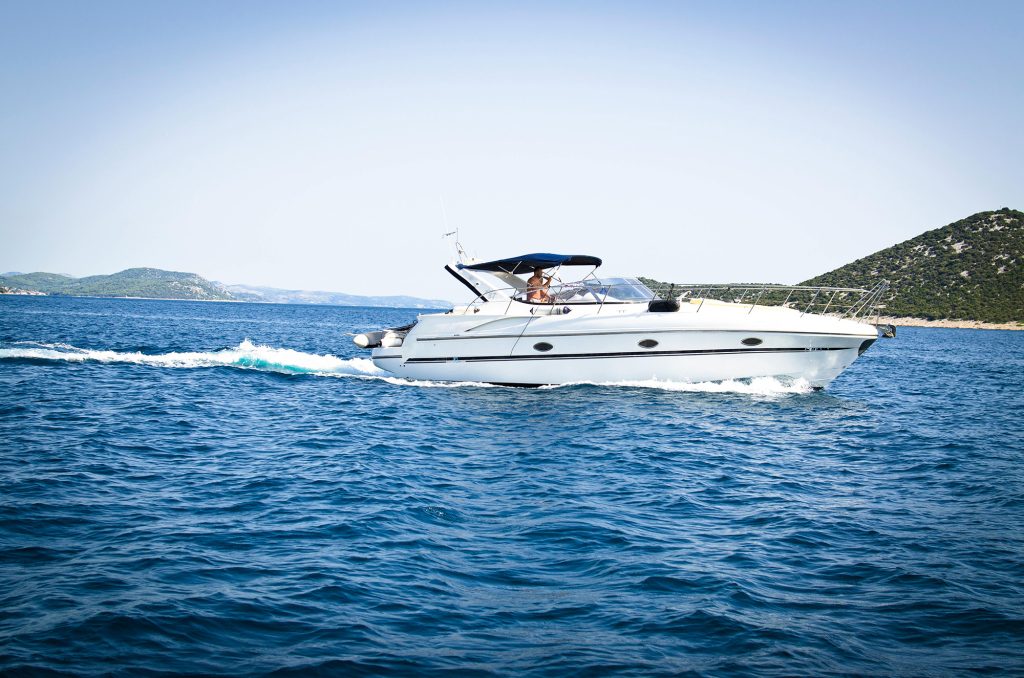
Your Ride: Luxury & Comfort Onboard
Step aboard our 35-foot luxury catamaran, designed for stability, comfort, and family fun. With shaded seating, a real restroom, and a freshwater shower, it’s one of the most comfortable nearshore fishing boats in Marathon, FL. Additionally, it offers smooth cruising and plenty of space for your entire crew.
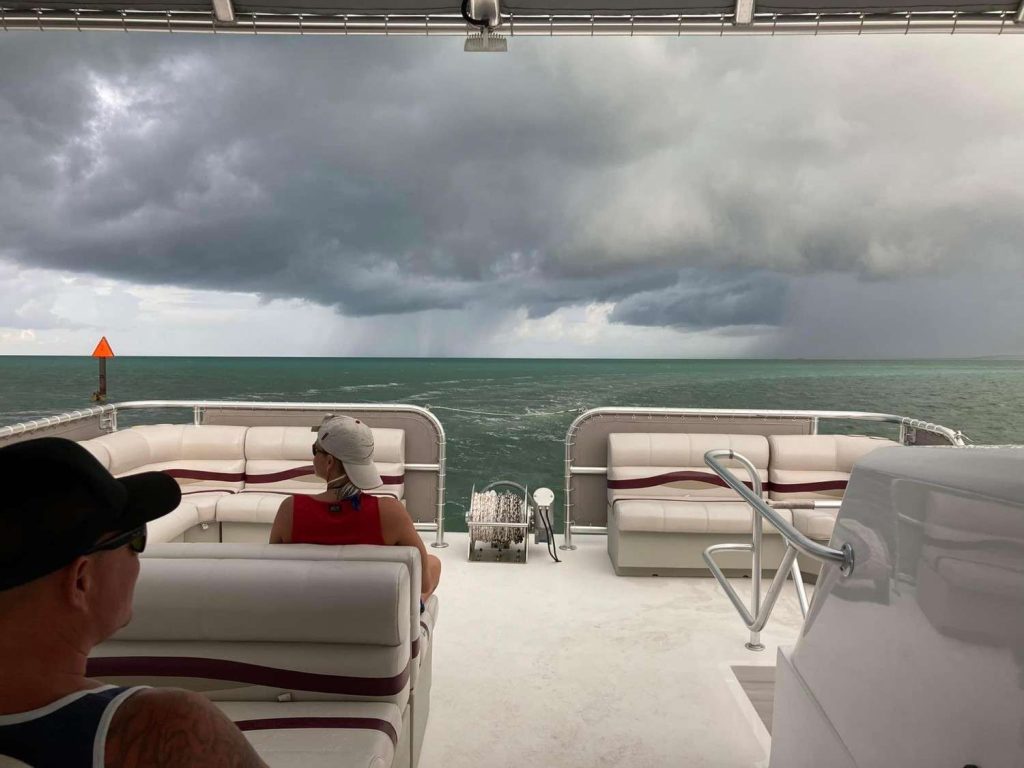
What You Can Catch Nearshore Around Marathon, FL
The nearshore waters of Marathon and the Middle Keys are teeming with reef and wreck species. Depending on the season, you might reel in snapper, grouper, amberjack, or kingfish. After your trip, we’ll clean and fillet your catch so you can enjoy a fresh dock-to-dinner meal at a local Marathon restaurant. Furthermore, every season brings new opportunities to hook something special.
Trip Options & Pricing
Choose the adventure that best suits your group and schedule. Whether you prefer a quick morning trip or a full-day challenge, we’ve got you covered.

Half-Day Nearshore (4 Hours)

3/4 Day Offshore Adventure (6–7 Hours)

Full-Day Big Game Hunt (8–12 Hours)
All trips include premium rods and reels, bait and tackle, fishing licenses, ice, bottled water, an expert crew, and catch cleaning. Moreover,
We Offer flexible departure times: morning, afternoon, and sunset trips available year-round.
Special Nearshore Experiences
Our nearshore charters can be tailored for your family or group. For instance, choose from:
- Sunset Nearshore Trips – End your day with a golden Florida Keys sunset while fishing the reefs.
- Family Charters – Kid-friendly trips designed for comfort and easy action.
- Catch-and-Release Adventures – Perfect for anglers who want the thrill of fishing without keeping fish.
- Customized Trips – Mix fishing with snorkeling at Sombrero Reef or a stop at a sandbar.
Nearshore vs Offshore Fishing
Whichever you choose, both promise an exciting and rewarding day on the water.
Why Choose Custom Cat Charters?
At Custom Cat Charters, we combine local expertise with luxury comfort to deliver truly memorable nearshore experiences. Our spacious catamaran, professional crew, and personalized service make us the top choice for families, couples, and experienced anglers alike. Plus, our eco-conscious approach ensures sustainable fun for everyone.

Where We Operate
Our nearshore fishing charters launch from Marathon, FL, offering quick access to some of the best reefs and wrecks in the Middle Keys. We regularly fish areas like:
- Boot Key Harbor – a quick ride to reefs and wrecks.
- Key Colony Beach – easy access for families staying nearby.
- Vaca Key & Duck Key – great spots for tarpon, grouper, and mackerel.
- Sombrero Reef is one of the most famous reef systems in the Keys.
- Seven Mile Bridge – legendary tarpon and snapper fishing.
Afterward, enjoy our dock-to-dinner service at one of Marathon’s local restaurants – a delicious way to end your adventure.
Explore Our Other Charters & Experiences
At Custom Cat Charters, adventure doesn’t stop at nearshore fishing. We offer a variety of other private charters designed to make your time in the Florida Keys unforgettable.
Inshore Fishing
Stay close to shore in calm waters and reel in snapper, snook, tarpon, and redfish. Perfect for families, kids, beginners, or anyone prone to seasickness.
Offshore Fishing
A few miles off the coast, target grouper, snapper, amberjack, and king mackerel around reefs and wrecks. A balance of comfort and action.
Sightseeing & Snorkel Trips
Stay close to shore in calm waters and reel in snapper, snook, tarpon, and redfish. Perfect for families, kids, beginners, or anyone prone to seasickness.
Sunset Cruises
End the day on the water with a private cruise as the Florida Keys sky turns golden. Perfect for couples and groups.
Destination Weddings on the Water
Celebrate your love aboard our luxury catamaran. Ideal for weddings, proposals, anniversaries, and romantic milestones.
Real Review
Our guests’ stories say it best. Families, couples, and anglers alike share how Custom Cat Charters made their trip unforgettable. Join the many happy clients who sail with us with confidence.




